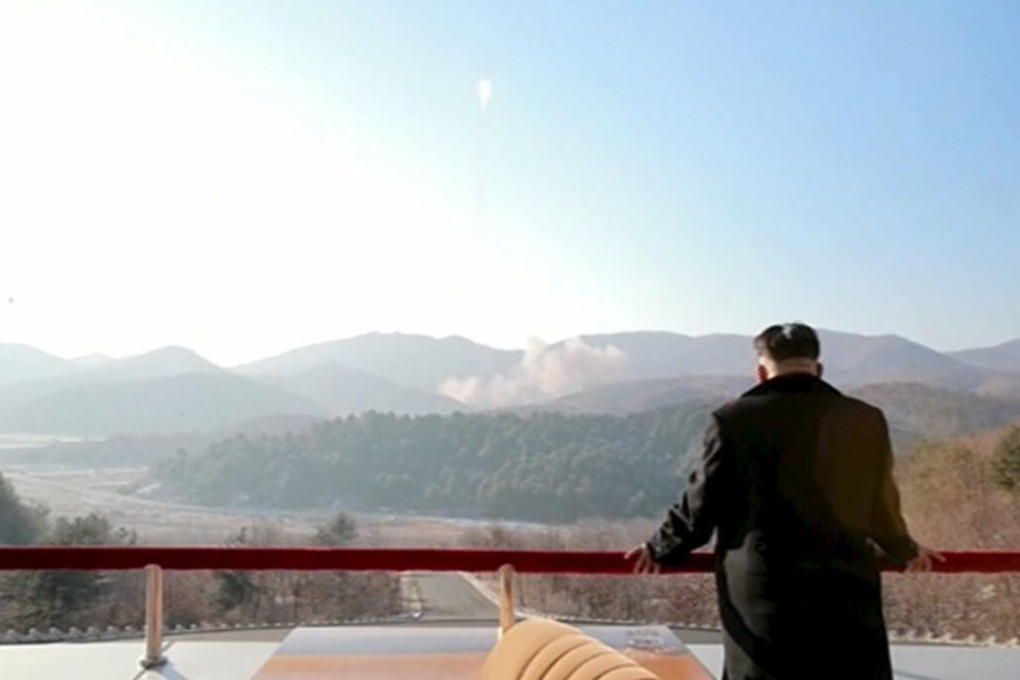‘Intolerable provocation’: North Korea’s ‘ballistic missile technology’ launch draws condemnation

North Korea on Sunday defied international warnings and launched a long-range rocket that the United Nations and others call a cover for a banned test of technology for a missile that could strike the U.S. mainland.
The rocket was fired from North Korea’s west coast and tracked separately by the United States, Japan and South Korea. At an emergency national security council meeting in Seoul, the country’s president called the firing an “intolerable provocation.” North Korea calls its launches part of a peaceful space program and said its state media would soon make a “special announcement.”

READ MORE: North Korea may be preparing to launch missile any day after bringing time frame forward
China has expressed “regret” about North Korea’s disregard for the international community’s objections and “insistence on the satellite launch using ballistic missile technologies”, foreign ministry spokeswoman Hua Chunying said in a statement on the ministry website around 12pm.
“We hope all concerned parties remain cautious and do not take further action that could further escalate the [Korean] peninsula’s situation,” Hua said as she called for a resumption of dialogue between the parties.
North Korean rocket and nuclear tests are seen as crucial steps toward the North’s ultimate goal of a nuclear armed long-range missile arsenal. North Korea under leader Kim Jong Un has pledged to bolster its nuclear arsenal unless Washington scraps what Pyongyang calls a hostile policy meant to collapse Kim’s government.
World leaders condemn launch
South Korean Defense Ministry spokesman Moon Sang Gyun said one of its Aegis-equipped destroyer deployed in the sea off the country’s west coast detected the North Korean launch at 9:31 a.m. The rocket’s first stage fell off North Korea’s west coast at 9:32 a.m. and the rocket disappeared from South Korean radars at 9:36 a.m. off the south-western coast. There was no reported damage in South Korea.